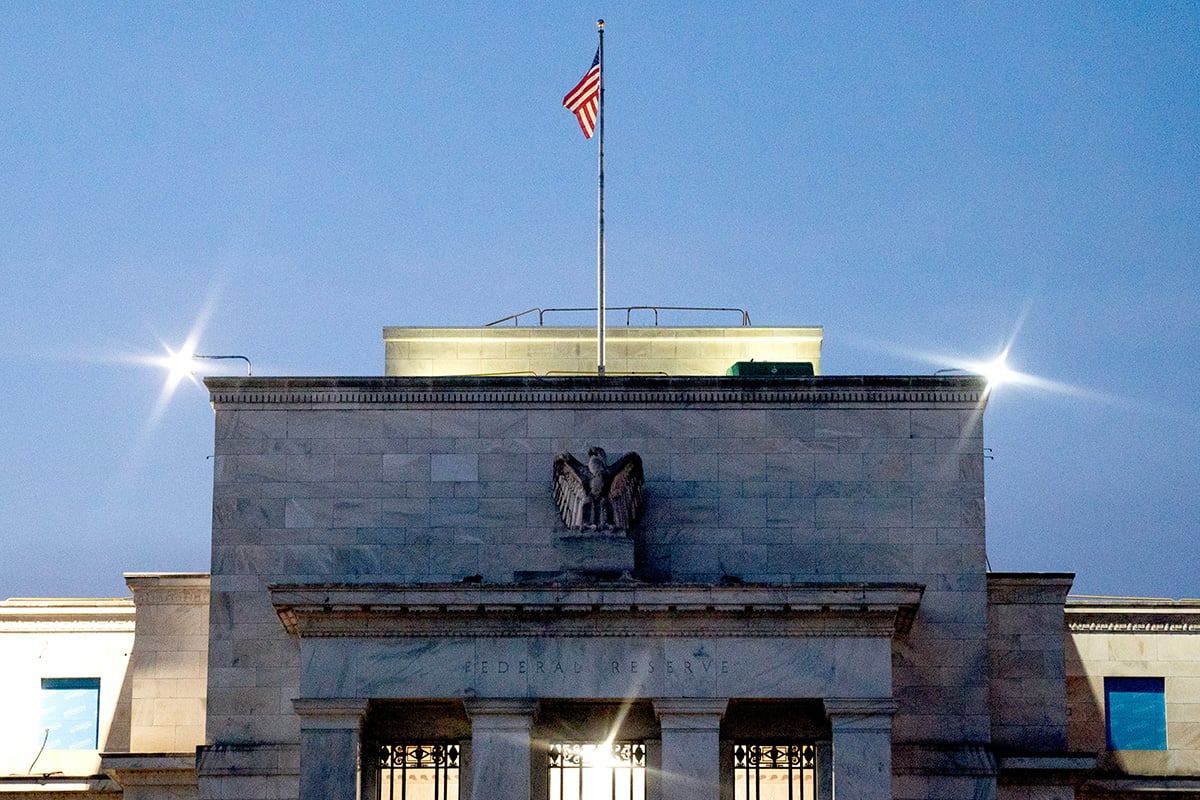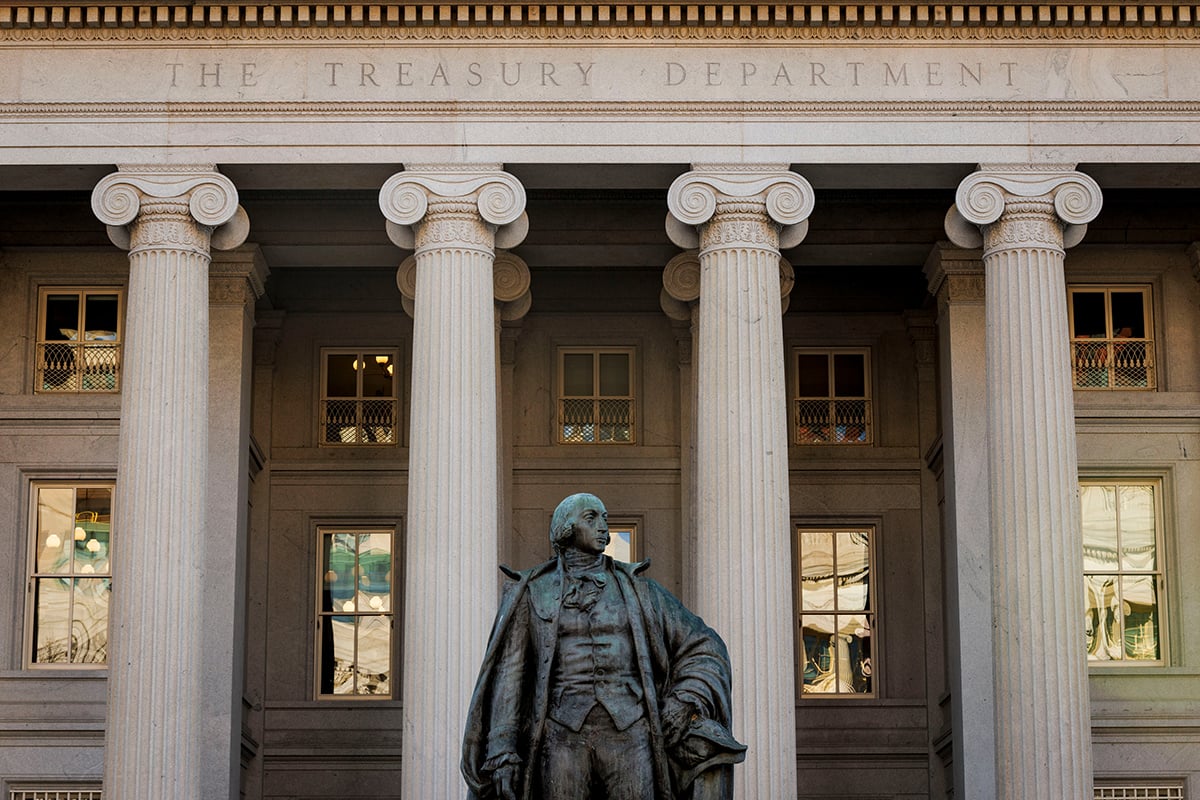 Emissions rise from the Duke Energy Corp. coal-fired Asheville Power Plant ahead of Hurricane Florence in Arden, North Carolina, on September 13, 2018.
Emissions rise from the Duke Energy Corp. coal-fired Asheville Power Plant ahead of Hurricane Florence in Arden, North Carolina, on September 13, 2018.
A growing share of U.S. convertible bond issuance this year is coming from investment-grade companies, a sign that soaring bond yields are spurring corporations to look at ways to cut their borrowing costs.
High-grade companies accounted for more than a quarter of U.S. convertible bond issuance in the first quarter, according to Bank of America Corp. research, the highest proportion in at least a decade. For the same period last year, investment-grade corporations accounted for just 7 percent of sales.
Recommended For You
Among the companies to borrow in the convertible market this year are Duke Energy Corp. and Southern Co., both utility holding companies. For Southern, a traditional bond issued would have cost about 1.5 percentage points more in annual interest, compared with the convertible's coupon of 3.875 percent, according to a representative for the Atlanta-based company.
Younger companies and those with junk credit ratings have long dominated convertible bond sales in the United States, as they tend to pay higher yields on standard corporate bonds and are often looking for ways to lower their financing costs. The savings for these companies from selling convertible debt can be even bigger than for investment-grade companies.
"Because interest rates are basically high and seemingly higher for longer, we're seeing a broader subset of companies tapping the convert market," said Jean-Pierre Latrille, co-portfolio manager of Oaktree's global convertibles strategy. "The typical high-yield issuer, the typical investment-grade issuer is taking a very hard look at convertibles because you're really saving a lot in terms of the coupon."

The lower coupons on convertibles stem from the fact that once a company's stock rises enough, investors can convert the bonds into shares and earn a profit. In the case of Southern, if its shares rise 30 percent from their price at issuance, the bonds will be convertible. By selling the notes, a company is effectively selling a stock option in addition to the bond, which cuts its borrowing costs.
On the flip side, if its shares rise enough, the company needs to sell more stock, diluting equity investors. Or it has to be prepared to give investors the cash equivalent of the shares they're entitled to.
Bond yields have surged over the past year as the Federal Reserve has launched the fastest rate tightening cycle in decades to tame inflation. The average yield on a corporate bond was 5.03 percent on Tuesday, compared with about 2.45 percent at the start of 2022, according to Bloomberg index data.
Overall issuance of U.S. convertibles was more than $13 billion in the first quarter, in line with the average of the past decade and up from about $6 billion in the same period a year earlier.
Integer Holdings Corp., a high-yield rated medical device manufacturer, recently sold $500 million of convertible notes that are refinancing term and revolving loans, according to a February filing. The term loan the company repaid had a 7 percent coupon, while the convertible bond has a fixed 2.125 percent coupon and a five-year maturity.
The switch will result in about an $18 million reduction in annual interest expenses, according to Jason Garland, CFO of the Plano, Texas-based company. The company used a derivatives strategy known as a call spread to limit dilution from any conversion that takes place, using a capped call transaction.
Integer bought a call option to buy its shares at a price 32.5 percent above their price when the convertible sale closed, known as the strike price. As a part of the same transaction, it sold a call option with a strike price 65 percent above the share level when the securities were sold. This mitigates dilution for conversions that take place when the stock price is between 32.5 percent and 65 percent above the company's share level at the time the convertibles were sold, according to Garland.
One reason convertibles may have grown more attractive to some issuers is that changing rules have made accounting for the securities simpler, according to Syed "Raj" Imteaz, head of convertible and equity derivatives advisory at ICR Capital. Generally, large companies before December 15, 2021 had to split a convertible into debt and equity on their balance sheet. Now they don't.
Globally, issuance of convertibles is on track to hit about $80 billion this year, Bank of America wrote earlier this month. That's about in line with pre-pandemic averages over the past decade. The market turmoil spurred by the collapse of firms including Credit Suisse Group AG and Silicon Valley Bank weighed on sales. And some companies are concerned about the potential for convertible sales to hit their share prices at a time when the stock market's movements are unpredictable, Bank of America strategists wrote.
Even so, the potential to cut borrowing costs is a selling point for issuing the bonds, said Craig McCracken, co-head of equity capital markets at Wells Fargo & Co., in an interview.
"Companies can now see a material savings of hundreds of basis points relative to what they'd pay in floating-rate debt or the re-issuance of straight debt," McCracken said.
—With assistance from Drew Singer & Nina Trentmann.
© 2025 ALM Global, LLC, All Rights Reserved. Request academic re-use from www.copyright.com. All other uses, submit a request to [email protected]. For more information visit Asset & Logo Licensing.




